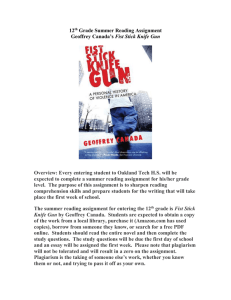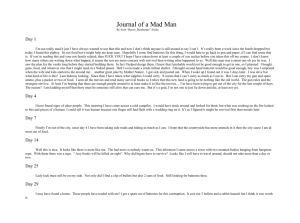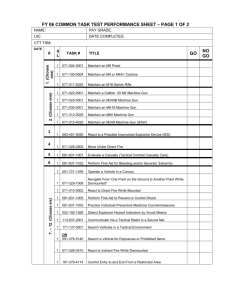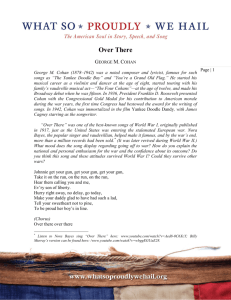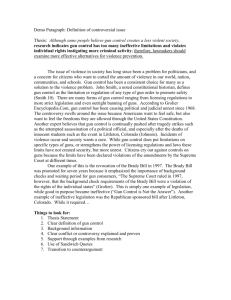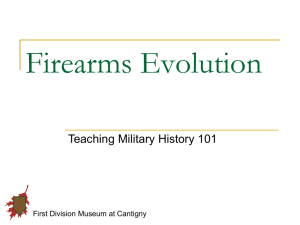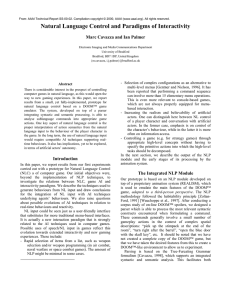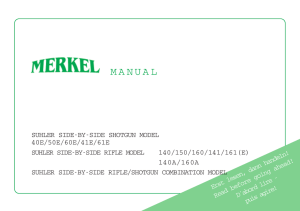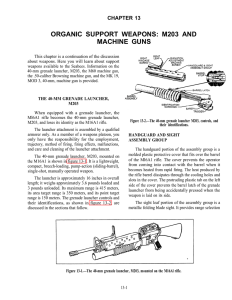Asa Waters II
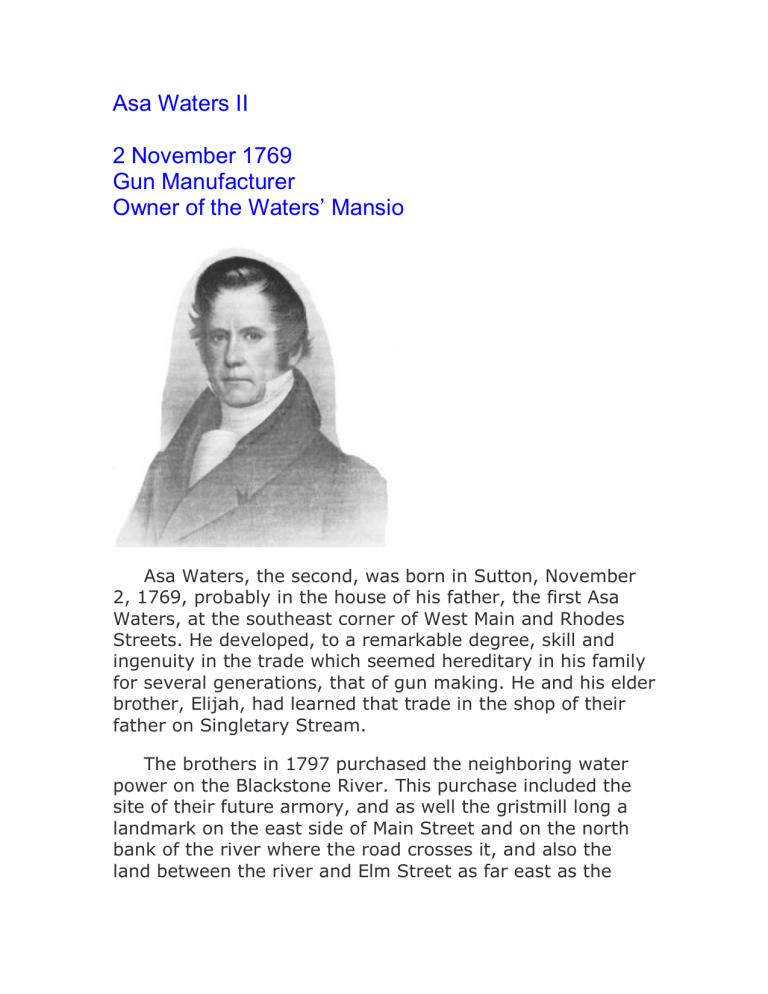
Asa Waters II
2 November 1769
Gun Manufacturer
Owner of the Waters’ Mansio
Asa Waters, the second, was born in Sutton, November
2, 1769, probably in the house of his father, the first Asa
Waters, at the southeast corner of West Main and Rhodes
Streets. He developed, to a remarkable degree, skill and ingenuity in the trade which seemed hereditary in his family for several generations, that of gun making. He and his elder brother, Elijah, had learned that trade in the shop of their father on Singletary Stream.
The brothers in 1797 purchased the neighboring water power on the Blackstone River. This purchase included the site of their future armory, and as well the gristmill long a landmark on the east side of Main Street and on the north bank of the river where the road crosses it, and also the land between the river and Elm Street as far east as the
Cordis Dam. They made guns, scythes, saw mills saws and like products.
In 1808 they built the armory which gave its name to the village and contributed so much to its prosperity. The same year they undertook their first contract with the national government to supply firearms for the army. Elijah after a long illness died in 1814 and Asa became the sole proprietor. His son, the third Asa Waters, in an article upon
Gun Making (Journal of Progress, Philadelphia, June, 1887) thus describes his father's work:
"Possessing great physical strength, unusual energy and mechanical talent, he introduced various improvements in gun making, which wrought great changes. Two only will be referred to. Gun barrels were welded and forged up to this time entirely by hand power, the super having two strikers.
All this was in the recollection of the writer.
On October 25, 1817, he was granted letters of patent for his invention for welding gun barrels under trip hammers with concave dies, striking four hundred blows a minute and controlled by a foot treadle.
This patent was signed by James Monroe, President,
John Quincy Adams, Secretary of State, and Richard Rush,
Attorney General. This invention was copied by all the armories of the United States and in Europe, and his claim to originality has never been disputed. In the following year,
1818, observing that the English process of grinding the barrels down before a revolving stone left the metal of uneven thickness around the caliber, and thus liable to explode, he invented a lathe to turn the barrel to uniform thickness. This patent, December 21, 1818, was the first patent ever issued for turning a gun barrel in a lathe, save one which was a failure. This proved a success so far as the gun barrel was round.
Years later, when the wonderful inventions of Thomas
Blanchard for turning the irregular end of the gun barrel and the wooden gun stock, had come into general use and knowledge, claims were made to deprive Millbury of the honor of being the place of the discovery of this principle in practical mechanics."

